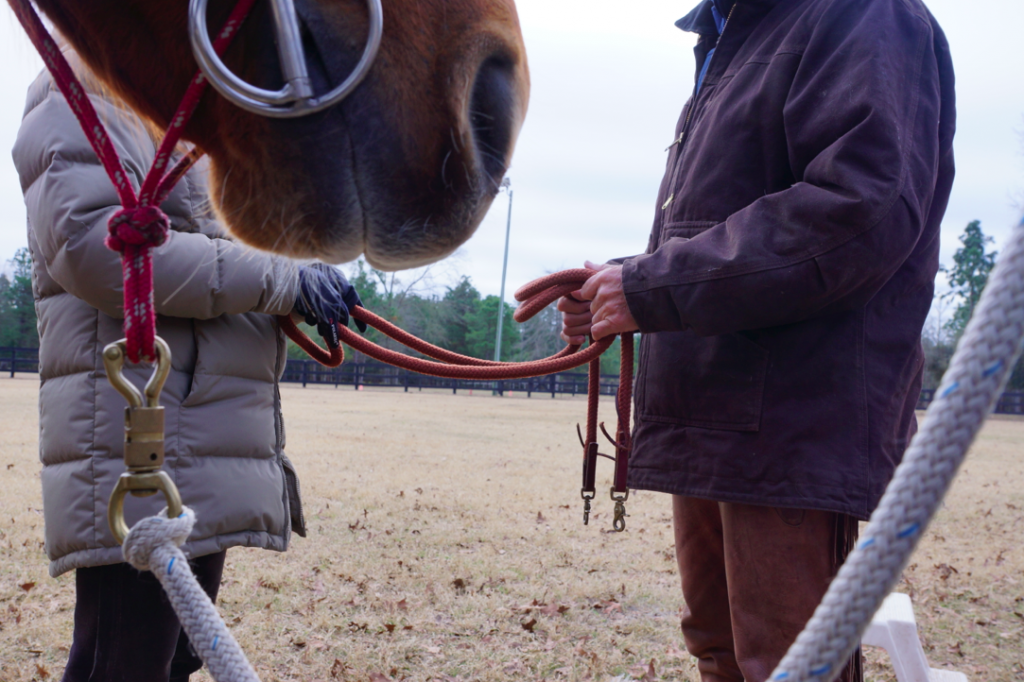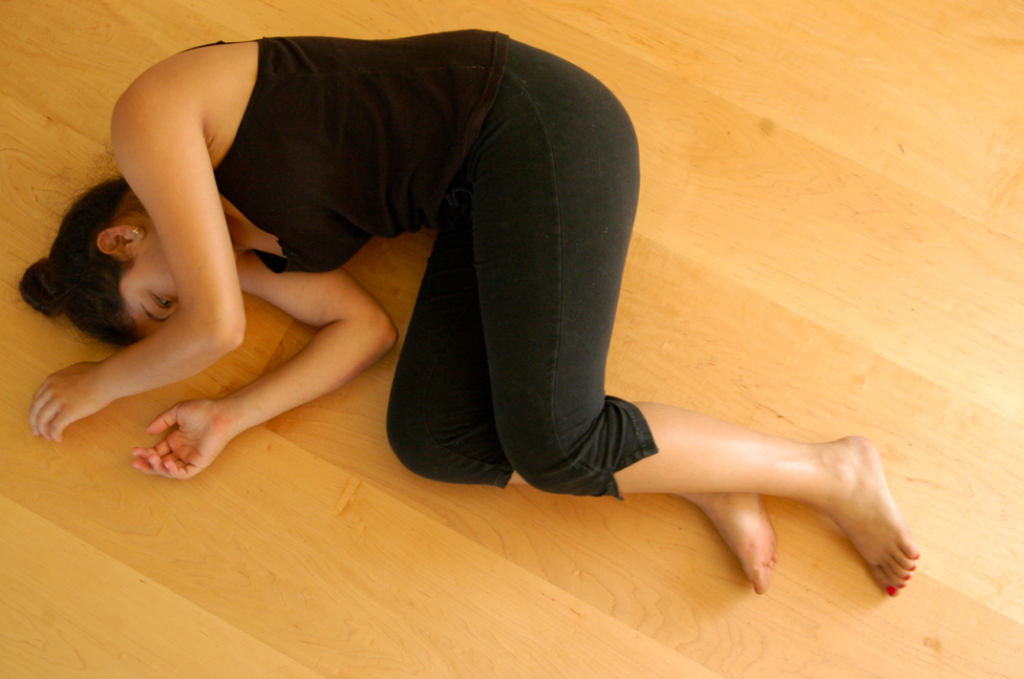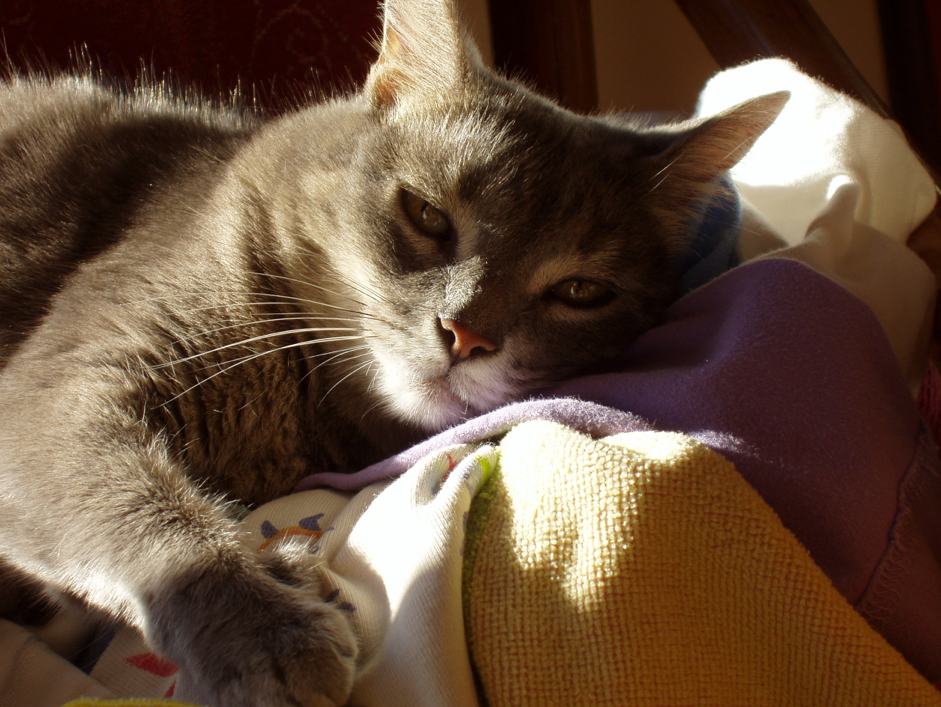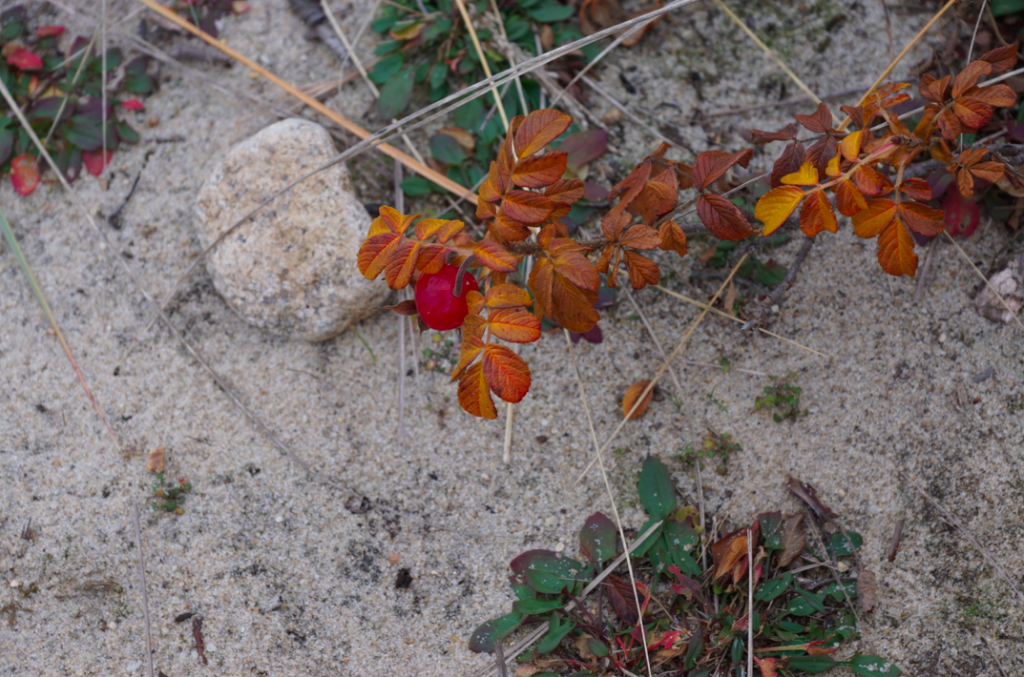I am in Savannah, GA taking a workshop with cowboy-Aikido master, Mark Rashid. I have written about him before, and being able to ride with him and experience his work firsthand is a dream come true.
Today I rode a horse named Sam who had, as Mark said, “an industrial strength brace” that showed up in the way he hit the bits by throwing his head. Sam would hit the bits so hard that he would back himself up – like a wave hitting a sea wall. He could not soften. With me on his back, Mark again and again corrected him, backing him up all the way across the big paddock where we were riding. That sounds harsh and punitive. It wasn’t. What was interesting was with all that backing, I could clearly feel when the horse “homogenized” in other words, stopped feeling like four separate, blocky quadrants and suddenly came together in a smooth flow.
When Mark showed me what he was doing with the reins, by having me be the horse and brace my hands and arms, he softened my resistance with something that felt like to me warm water moving up the reins. He explained that he was sending intention, and “going underneath,” something that comes from his practice of Aikido. His point is that the fix is not mechanical, but happens by finding the connection between the inside of the rider to the inside of the horse. He says that if you aren’t connected to yourself, there is no way that you can connect to the horse.
Then he had me take the reins and instead of meeting the horse’s resistance with my own resistance, just picture my hands moving toward the horse’s mouth. Doing that dissolved the brace for both me and the horse, and gave me a sensation that I have never experienced before. Which for a smart somatic person was pretty exciting and humbling. He also cataloged my own stiffness without hardly looking at me in about five seconds. Like I said, humbling.
For those of you who have been following the Deo Diaries, you can imagine how excited I am to go home and try all of this with him!



